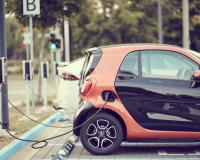
Vibrant Environment
All | Biodiversity | Climate Change and Sustainability | Environmental Justice | Governance and Rule of Law | Land Use and Natural Resources | Oceans and Coasts | Pollution Control

Railways, public transit, motor vehicles, airplanes, marine vessels, cycling, walking, and their supporting infrastructures are all part of a comprehensive connected transportation network that is a key driver of economic growth and opportunity. But the transportation sector also now accounts for approximately 28% of all greenhouse gas (GHG) emissions, surpassing the energy sector. For that and other reasons, developing and deploying new and emerging technologies in transportation “is a key component of global efforts to improve safety, meet the needs of people wherever they live, and combat climate change,” said Katie Thomson, Amazon’s Vice President & Associate General Counsel for Worldwide Transportation and Logistics.

In this month’s issue of ELR—The Environmental Law Reporter, Alejandro Camacho, Melissa Kelly, and Ya Wei-Li discuss challenges to effective implementation of the Endangered Species Act (ESA) and present concrete recommendations to improve the Act. The authors distilled these recommendations from workshops that featured a variety of perspectives across the conservation community.
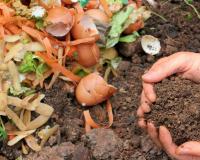
A new model compost procurement policy developed by the Environmental Law Institute and the Natural Resources Defense Council could help municipalities around the country in their efforts to divert food scraps and other organic materials from their landfills and incinerators and, in so doing, realize myriad economic and environmental benefits.
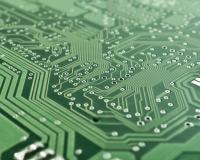
Technology has never been more up-close and personal. Internet-connected devices set our home’s temperature, control our lights, and drive our cars. Not just our homes, but our industries, businesses, and cities are striving to be “smart.” The secret to all these smart devices and systems is a combination of digital sensors and Internet connectivity. Together, they form a globally interconnected system of electronics—what has been dubbed the “Internet of Things,” or IoT. The ability for IoT to revolutionize our economy and daily life has been widely theorized, and some optimists have envisioned IoT as the pathway to a technological utopia. However, the environmental effects of the IoT revolution are often overlooked. Twenty-five billion IoT devices are expected to be deployed worldwide by the end of this year, a number expected to grow at a rate of 19% annually. IoT systems are being implemented to manage industries like manufacturing and transportation and thus will be responsible for controlling a vast amount of energy consumption and pollution. Each device also places a burden on the environment with fabrication and eventual disposal. Moreover, IoT devices may change human behavior and energy demand with ambiguous end effects. As IoT gains widespread adoption, both human and technological factors need to be addressed when considering the overall environmental impact of IoT. The complex ways IoT will interact with us and our environment are difficult to measure and predict, leading to ambivalence about how IoT will grow and mature.
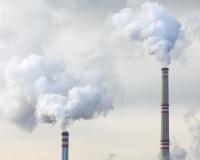
For Environmental Law Institute President Scott Fulton, the inability of the United States’ environmental policies and programs to bestow benefits across communities of color and the disadvantaged stands as a major shortcoming of our environmental protection system to date. But, as discussed at ELI’s 7th GreenTech webinar, on “Technology and Environmental Justice,” the explosion of monitoring technologies, big data, expanded analytical abilities, and other technologies raises the possibility, albeit with caveats, that those developments can help solve long-standing environmental justice (EJ) challenges. Discussing the issues during the July 29, 2021, webinar were the following featured experts: White House Council on Environmental Quality (CEQ) Senior Director for EJ, Dr. Cecilia Martinez; California EJ Alliance (CEJA) Green Zones Program Manager, Tiffany Eng; Tennessee State University (TSU) Associate Professor Dr. David Padgett; Chesapeake Bay Foundation (CBF) EJ Staff Attorney, Taylor Lilley; and ELI Visiting Scholar LeRoy C. (Lee) Paddock.

For every story of a utility system in crisis that makes the headlines, many more struggle in the shadows. Out of the more than 40,000 small community water systems operating in the United States, almost 1,800 were designated serious compliance violators of the Safe Drinking Water Act (SDWA) in 2020.
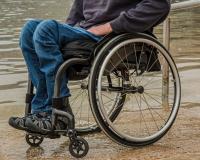
Climate change poses unique dangers and challenges for people with disabilities. Unfortunately, despite wide recognition of the vulnerabilities of people with disabilities to climate change, disability perspectives and needs remain largely excluded from climate adaptation and mitigation efforts. Effective and inclusive climate action planning is essential to protecting the 26% of Americans who experience a disability from the most dangerous aspects of climate change.

On July 14, the ELI China Program hosted a webinar on climate change litigation in the United States for the environmental law community in China. The event garnered a record-breaking audience of over 5,500 participants sustained over the course of three hours of detailed instruction on climate law.

This is Part 2 of a two-part blog series on climate change and its impact on indigenous peoples in the United States. Part 1 introduced the impacts of climate change on indigenous communities, while Part 2 provides specific examples of how these communities are responding in order to protect their land, people, and resources.
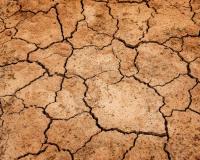
This is Part 1 of a two-part blog series on climate change and indigenous peoples in the United States. Part 1 introduces the impacts of climate change on indigenous communities, and Part 2 looks more in depth at how these communities are responding in order to protect their land, people, and resources.